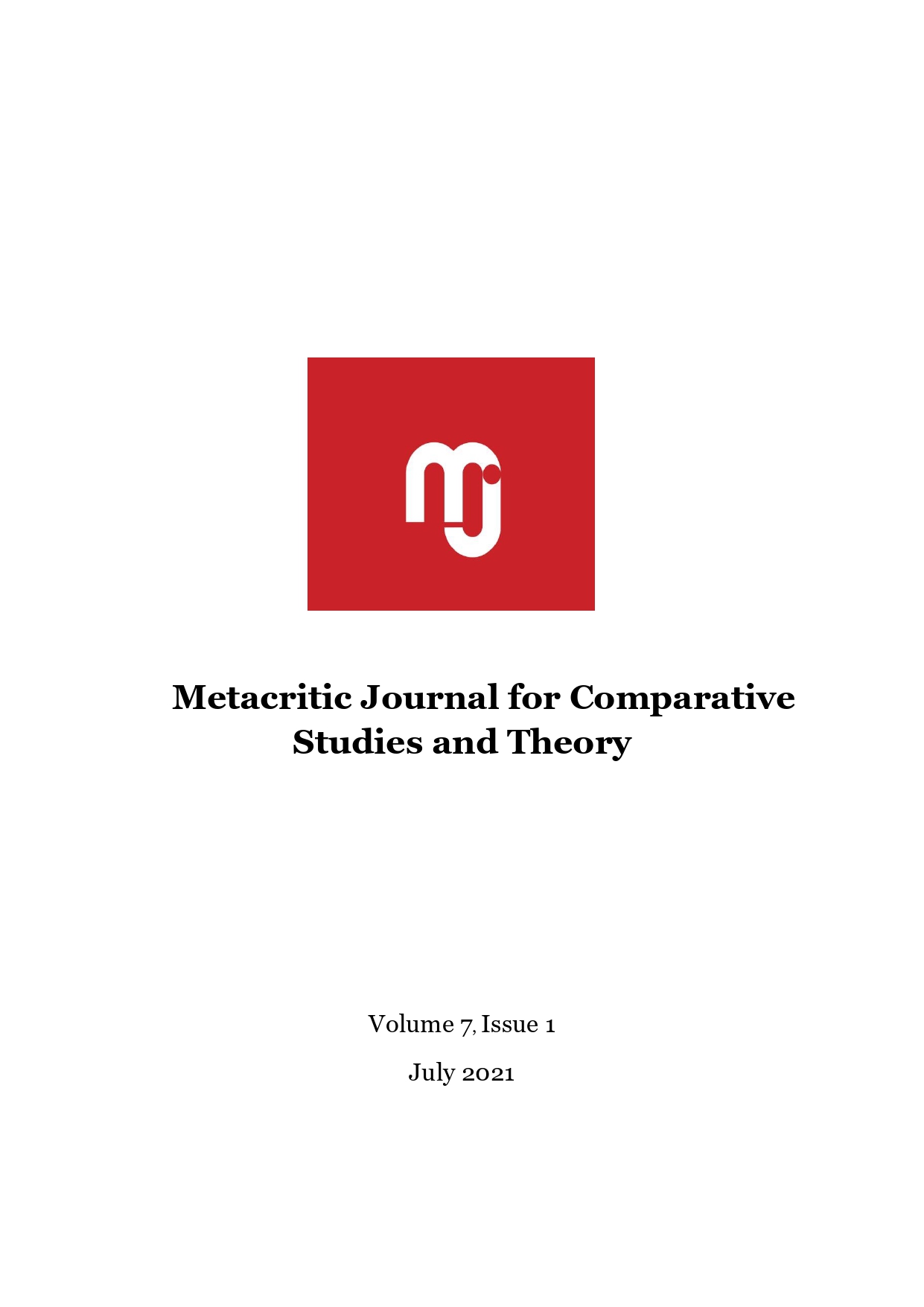Body Marks of the Past in Toni Morrison’s A Mercy and Home
Body Marks of the Past in Toni Morrison’s A Mercy and Home
Author(s): Ágnes Zsófia KovácsSubject(s): Language and Literature Studies, Studies of Literature, Comparative Study of Literature, American Literature
Published by: Universitatea Babeş-Bolyai
Keywords: Toni Morrison; Marianne Hirsch; objects of memory; sense memory; body marks; processing the racial past;
Summary/Abstract: Toni Morrison’s project of reimagining individual memories of the African American past has been immortalized by the image of the chokecherry tree of scar tissue on Sethe’s back in Beloved. Invisible and dumb for Sethe, the scars have to be faced and interpreted with the help of others in order to process traumatic memories of the slave past. The image questions a presumed opposition between objects of memory as separate from subjects of memory, as the wound, the supposed object is located in the body of the subject, Sethe. Body marks of the past also appear in Morrison’s novels after 2003, which are generally considered sparse compared to her previous texts. Relying on Marianne Hirsch’s method of reading how body marks create a “sense memory” of traumatic experience, the paper explores the webs of meaning invoked by bodily wounds and other extended objects of memory in Morrison’s late novels. The paper claims that although these novels continue to rely on the representation and processing of sense memories, they represent a truncated version compared to earlier novels, in which wounds figure not so much as metaphoric nodes of interaction, but rather as themes.
Journal: Metacritic Journal for Comparative Studies and Theory
- Issue Year: 7/2021
- Issue No: 1
- Page Range: 160-176
- Page Count: 17
- Language: English

